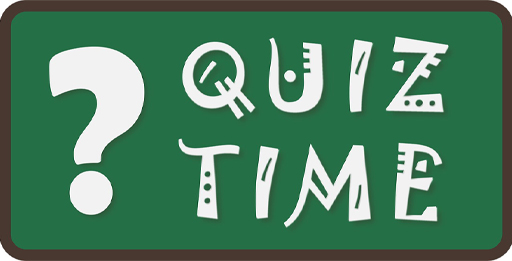2.3 Session 2 quiz
You have now completed the session on managing through internal marketing. To test your understanding of this managerial approach, have a go at the Session 2 quiz.
Activity 8 Session 2 quiz time
a.
a. Shoppers
b.
b. Politicians
c.
c. Employees
d.
d. Entrepreneurs
The correct answer is c.
Answer
c. Employees are the audience of internal marketing.
a.
a. The development of internal (employee, management and organisation) relationships
b.
b. The manipulation of employees
c.
c. The creation of shared vision, values and organisational identification
d.
d. An emphasis on competence building through training and education
The correct answers are a, c and d.
Answer
a, c, d. Proponents of internal marketing highlight its potential to achieve organisational objectives, improving both customer and employee satisfaction. At a tactical level, it can include: ongoing training; the encouragement of formal and informal communications, such as newsletters; and internal segmentation.
a.
a. Information gathering and researching
b.
b. Discovering
c.
c. Segmentation and targeting
d.
d. Managing organisational politics
e.
e. Communication
The correct answers are a, c and e.
Answer
a, c, e. The main components of an internal marketing plan are information gathering and researching, segmentation and targeting, and communication. Other important components are identifying and building a relationship, and the development of internal products and communication.
a.
a. The process of grouping employees with similar characteristics
b.
b. To identify the many ‘buyer-seller’ relationships which exist within the organisation and to develop these based on mutual understanding, recognition of mutual interdependencies, trust and shared values, and objectives
c.
c. To build awareness, provide information or achieve other objectives
d.
d. The development of goods and services based on the specific needs of the employees
The correct answer is d.
Answer
d. Just about anything that employees ‘consume’ or ‘use’ that shapes their working life and environment can be considered an internal product. Central to internal marketing is the development of internal products (goods and services) based on the specific needs of the employees. These may include practices, plans, structure, vision, mission and values as well as new performance measures, new ways of working, services and training courses, and the job itself.
a.
Energising
b.
Diffusing
c.
Authorising
d.
Communication
The correct answers are a, b and c.
Answer
The processes of the internal marketing cycle are energising, diffusing, authorising, and code-breaking.

